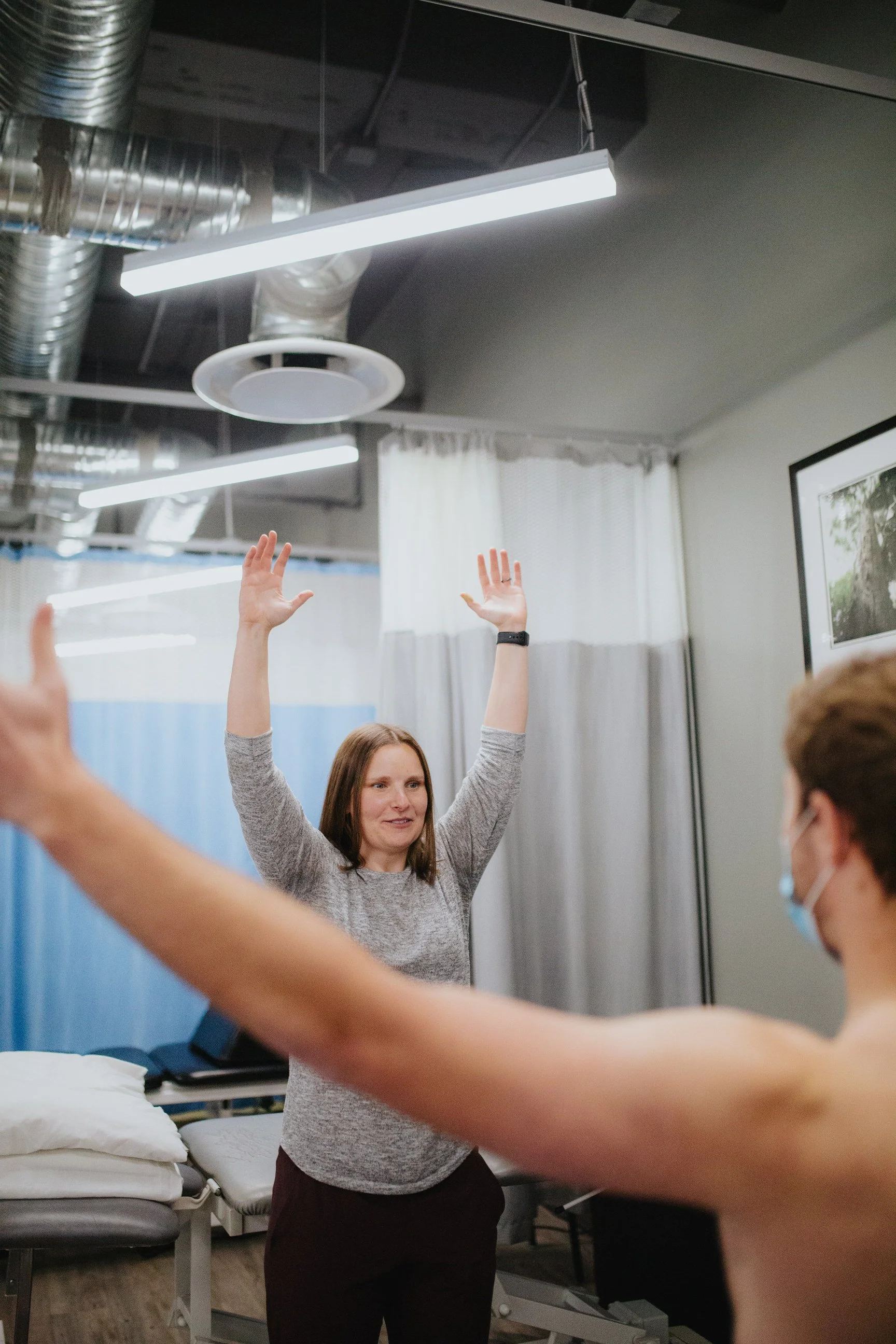Preventing Downhill Skiing Injuries- How To Hit The Slopes And Not Let The Slopes Hit You
This past fall meteorologists gave ominous warnings of La Nina- a promise of colder temperatures, harder snowfalls, and a long, treacherous winter. Much to the disappointment of skiers and snowboarders, we have yet to see the deep snow settling in on our favourite mountains. That being said, there is still hope for an epic late-season snowfall allowing us to carve up the slopes well into the springtime.
If you are like me, and have limited time over the holidays or on the long weekends to ski, it is crucial to make the most of every single run. In order to do so, we need to keep our bodies happy, healthy, and injury free. I’ve thought of a few tips and tricks I do to keep my body ski ready the whole season to maximize every penny I am spending on the pricey lift tickets, and every second I have to enjoy the beautiful outdoors.
Tip #1: Warming up
Unless you are staying at the resort or nearby, chances are your ski day begins with a long car ride. It is critical to get your muscles warmed up and ready to go rather than jumping right into things after sitting for a few hours. We often forget how high impact skiing is on our bodies. Try this warm up before your next ski day:
2 sets of 15 body weight squats
activate those large leg muscles that are going to get you through the day
2 sets of 15 forward lunges
this will not only activate our large leg muscles but you can get the added benefit of stretching out your hip flexors at the bottom of the lunge by pushing your hips forward
Leg swings
get your hips moving and the blood pumping through your legs! You can find a wall or use your poles for balance (sorry snowboarders)
Arm circles
warm up your core, shoulders, and arms with this movement. This is also the best way to warm up cold fingers
Side-to-side bends
hold a pole with both hands about shoulder width apart and reach up high above your head. Alternate leaning side to side and feeling that stretch and activation of your obliques.
Bonus points for doing a quick warm-up after lunch!
Tip #2: Dressing for the weather
If you’ve been to the mountains you’ll have experienced the extreme fluctuations in weather. One minute it can be a beautiful bluebird day with the sun shining and no wind, then suddenly you are caught in the most extreme blizzard and can barely see the tree in front of you. Skiing and snowboarding is a unique sport where weather-related injuries are a risk that need to be considered. The most important way to avoid overheating or getting frostbite all in the same day is layering. Start with a thin base layer made out of a material that wicks away moisture to keep you dry and temperate. I recommend Merino wool which is a soft natural fiber which has the plus of being antimicrobial to keep you smelling clean. Keep an eye on the sales at Costco for some good deals on Merino wool base layers and socks. I then add a warmer but still thin layer such as a fleece top and pants. Depending on the forecast, I may wear my heavy duty ski jacket for a cold day, or will layer with a lighter down jacket, and a wind-proof, waterproof shell overtop. A big trick I have found is bringing an extra buff, pair of mittens, and socks to switch into if the other pair gets cold and damp. A warm skier is a happy skier.
Tip #3: Fueling with food
I have never been a huge breakfast eater and when I was younger my mom practically had to force me to eat before a ski day so I would have enough energy. I specifically remember using the logic that I didn’t need to eat anything before skiing because gravity was doing all the work anyway! Well as I got older, I definitely found out the hard way that I was no longer a ball of endless energy. A few years ago I got my wisdom teeth out and had zero appetite but still wanted to go skiing. By run 3 I felt like I had to sit down after every couple turns because my legs were so tired. You can burn anywhere between 1200-3600 calories in a ski day on top of your daily caloric expenditure from simply being alive. Prep breakfast sandwiches for the road, bring lots of fruit, protein, and carb heavy snacks in the car, and make sure you take some time to stop for lunch. I’ve always been part of a BYOL family (bring your own lunch) to the ski hill but ordering a hot poutine at lunch never hurt anyone. You are going to need to be eating more than a typical day to sustain your body through each run. Food is fuel!
Tip #4: Knowing when to call it a day
My sisters always tease me for this but sometimes at the end of the day I enjoy downloading (taking the chair down instead of the ski out), but I like to think this has saved me from some serious wipeouts. By the end of a long day of skiing it is so important to listen to your body. If your legs are aching a little more than what you are comfortable with, and you don’t think you can safely stop or turn to avoid an obstacle, it might be time to call it. Or if that nagging injury is starting to bother you, swallow your pride and hop on the gondola down. If you’ve heard of the saying “2 more skip the last” it generally is because injuries occur on the last run due to people being tired from the day and pushing it too hard. Better safe than sorry!
Tip #5: Cooling down
It is all too familiar to wake up with burning calves and quads from the day before. If you are on a ski trip doing back to back days this is not ideal. It is easy to just want to flop into bed after skiing but try to do about 10-20 minutes of these at the end of the day. Here are some of my favourites:
Figure 4 stretch; lay on your back and rest your feet on the ground with knees bent. Bring one foot up and cross it over the other knee. Grab that bottom leg behind the knee and pull towards you. Hold this for 30 seconds before switching to the other leg.
Hip flexor- hamstring stretch; get into a deep lunge with your back knee resting on the ground. Push your hips forward while keeping your body upright to stretch the hip flexor of your back leg. Hold this for 10 seconds before pushing your hips back while lifting your front toes up and keeping that front knee bent for a hamstring stretch in the front leg. Hold this for another 10 seconds and keep alternating a few more times before switching legs.
Calf stretch- plant the ball of your foot on the wall while keeping your heel on the ground, gently lean into the wall while keeping your knee straight. Hold this for 30 seconds before releasing and going again.
Butterfly- sit on the ground and bring the bottoms of your feet together while letting your legs fall outwards. Gently “flutter” your legs like a butterfly’s wings to open up your hips.
Cat cow- start on all 4s with your hips stacked above your knees and your shoulders above your hands. Inhale and arch your back upwards drawing your head down to feel a stretch in your upper back and neck. Then exhale arching your back downwards, pulling your chin up to the sky. Take slow, deep breaths and cycle through this movement.
Bonus! Are hot tubs after skiing good or bad?
The use of heat versus ice on heavily worked muscles is often a topic of discussion in exercise science. When we look at skiing, individuals often opt for a hot tub because who would want to sit in an ice bath after being in the snow all day? The heat can be helpful to soothe aches and pains and improve circulation which helps deliver oxygen and nutrients to sore muscles promoting healing. On the flip side of that, improved circulation can also result in increased inflammation as the body’s immune system works overdrive to repair damaged muscle tissue from the day’s activities. If you are dealing with inflammation and especially if you are looking at hitting the slopes hard again the next day, you may be better off with an ice bath. For most recreational skiers not dealing with an injury, the hot tub is the more enticing option and will do just the trick to relax you before a much needed sleep.
If you’re looking to learn some in-person injury prevention techniques or recover from an injury, you’ll find a fellow skier in our Physiotherapist, James. Book your assessment online today!
Written by: Ella, BScKin








